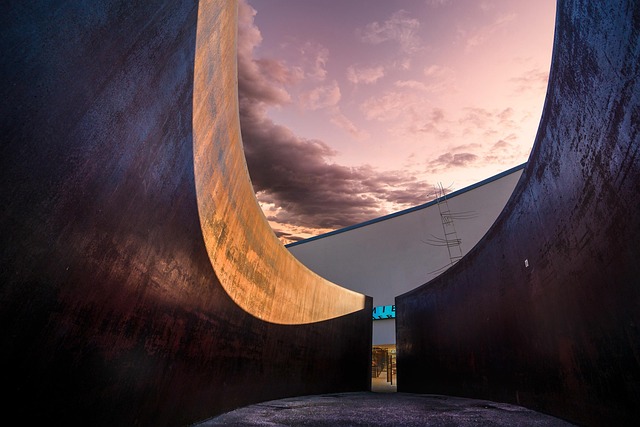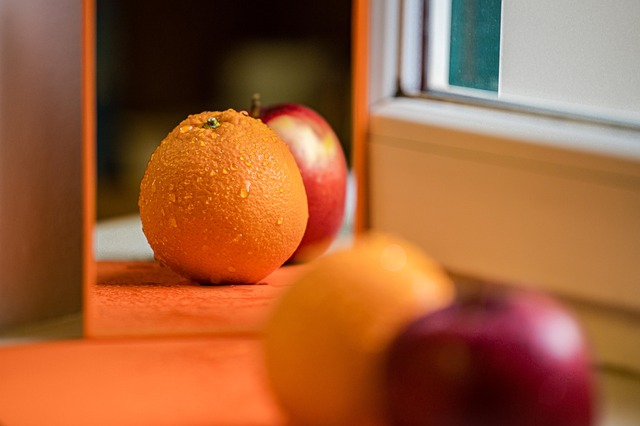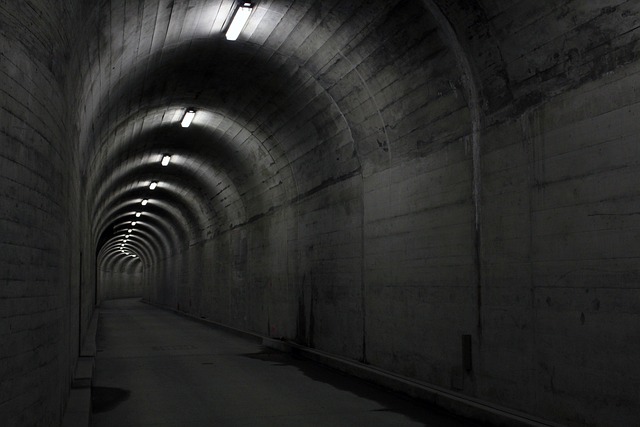Mastering Spatial Composition: A Guide for Installation Artists
As an installation artist, the space you choose to inhabit is more than just a backdrop; it’s a canvas. The art of spatial composition is what transforms an ordinary room or outdoor area into a deeply immersive experience. It beckons viewers to interact, ponder, and engage with the artwork on a personal level. Understanding how to manipulate the elements within a given space is a crucial skill every artist should cultivate.
The Emotional Impact of Space
Every space carries its own unique energy, and as an installation artist, you’re tasked with harnessing this energy to create meaningful experiences. Think about the last time you entered a gallery, a park, or any public space. Did it evoke a feeling? Did you notice how the arrangement of elements influenced your emotions? This is the essence of spatial composition; it’s about crafting an environment that resonates with the audience.
Starting with the Basics
Before diving into the intricate details of your installation, consider the fundamental aspects of spatial composition. Begin by asking yourself:
- What is the purpose of my installation? – Identify the message or emotion you want to convey.
- What is the scale of the space? – Understand how the size and layout of the area will impact your work.
- What materials will I use? – Choose materials that will enhance the sensory experience of the space.
Creating a Narrative Through Space
Your installation should tell a story, guiding the viewer through a journey. Think of your pieces as characters within a narrative. How do they interact with one another? The distance between objects, the height at which they are placed, and the lighting can all contribute to this storytelling aspect. Spatial composition is not just an aesthetic choice; it directly influences how your audience will perceive and interpret your work.
Playing with Light and Shadow
Lighting can dramatically alter the perception of space. Consider how natural and artificial light can manipulate the atmosphere of your installation. Shadows can create depth and intrigue, highlighting certain areas while concealing others. Experiment with different light sources to see how they change the mood and spatial dynamics.
Engagement is Key
The most captivating installations are those that invite viewer interaction. Whether it’s through touch, movement, or even participation, the layout of your installation should encourage visitors to explore the space. Think about the flow of movement and how each element leads to the next. Strategically placed focal points can guide the audience’s eyes and feet, subtly shaping their experience.
The Fine Balance Between Chaos and Order
In spatial composition, there’s a delicate balance between chaos and order. Too much disorder may overwhelm your audience, while too much order can render your piece static. Aim for a harmonious blend that invites curiosity and exploration. The tension between elements can create an intriguing dynamic, making your installation not just a visual experience, but an emotional one as well.
Feedback Loops and Iteration
Finally, don’t overlook the importance of feedback. Engaging with fellow artists and your audience can provide invaluable insights into your installation. Listen to their reactions and observations; they can bring new perspectives and ideas to your work. Remember, art is a process, and every interaction is a chance to iterate and evolve your spatial vision.
In conclusion, mastering the art of spatial composition can elevate your installations from simple displays to profound artistic journeys. Embrace the space around you, and let it inspire your creative process!




